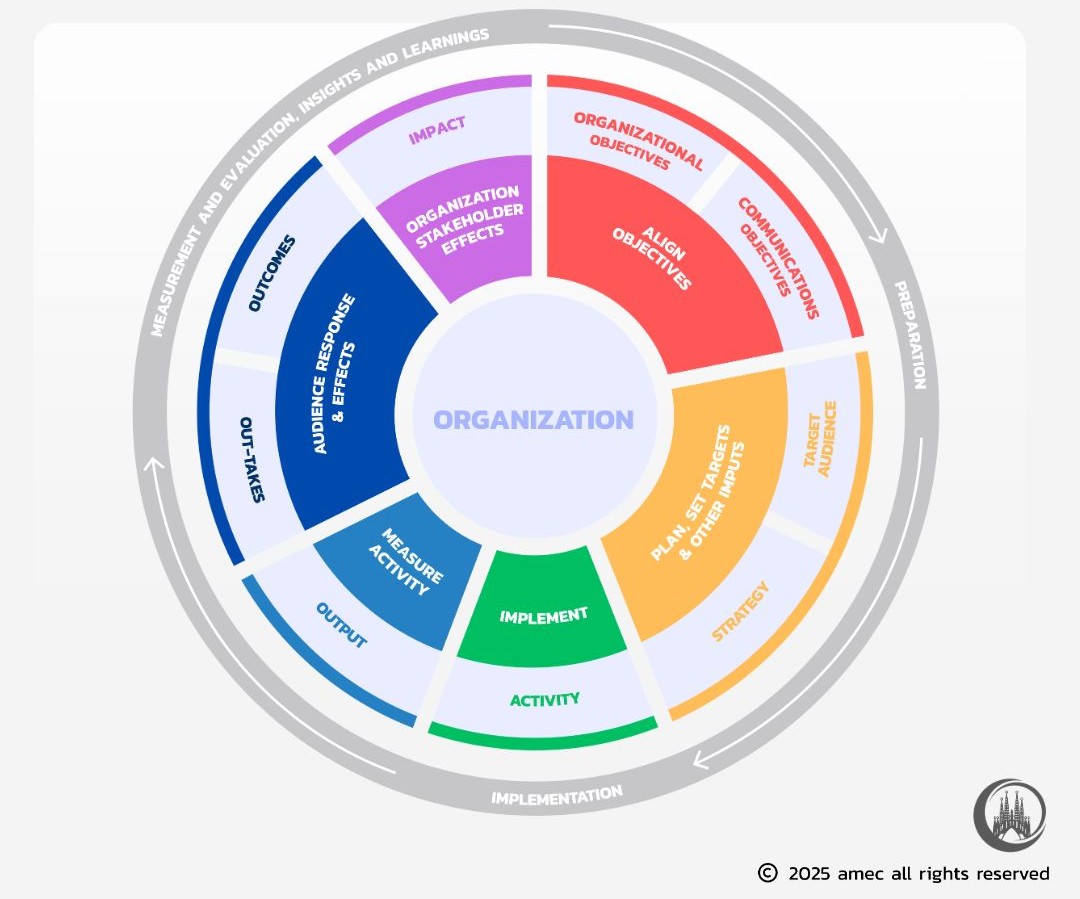Many of the evaluation methods and techniques that the industry took for granted for so many years no longer suffice. As organisational silos are coming down, PR professionals are being asked to work across more communication disciplines and then measure their effectiveness and prove value in a meaningful manner. Work must encompass paid, earned, shared and owned media. To be effective at PR, we now need to plan and measure our communications in a truly integrated manner, across each of these dimensions, beyond counting activity, to demonstrating effect.
In today’s unforgiving era of accountability, it is vital to move beyond measuring just the content or ‘media outputs’ that largely sufficed for the last 20 years. Doing this only counts elements of our activity. Activity without meaningful outcomes is irrelevant. PR professionals can’t afford to run the risk of being seen as activity-based ‘busy fools’. Instead, we must advance beyond activity-focussed metrics and look to show how PR and comms have driven the objectives that matter to the organisation.
AMEC’s Integrated Evaluation Framework shows how to do this, helps PR professionals to plan appropriately, and supports them to tell a meaningful measurement story. It shows how to ‘operationalise’ the Barcelona Principles and turn the Principles into action, and to prove the value of PR in a meaningful and credible manner.
The interactive element of the Integrated Evaluation Framework guides you through the process from aligning objectives, establishing benchmarks, creating a plan, setting targets and then measuring the outputs, out-takes, outcomes and impact of your work. When used to full effect, the framework is both a PR planning tool , as well as an evaluation tool. Work through it in advance of a campaign with your team and use it to define what good looks like at each step of the process. Establish your benchmarks, set and record your KPIs and your targets, and then at a later stage revisit with results to make sure that you are measuring what matters.
As you work through the interactive version of the framework, it provides additional information and suggests potential approaches and metrics that might be appropriate for you to consider. Don’t miss the AMEC Taxonomy which is so helpful for this process. Of course, this cannot be an exhaustive list and the Framework can’t provide the numbers for you. You will still need to source relevant data to input into the Framework.



